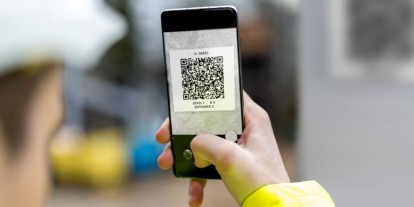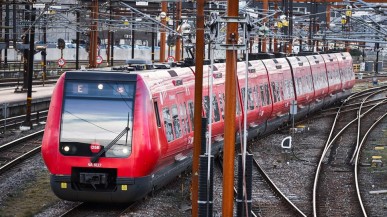Zigurat Global Institute of Technology
Blog / Disruptive Technologies
How smart interventions can address multiple urban challenges at once
Categories
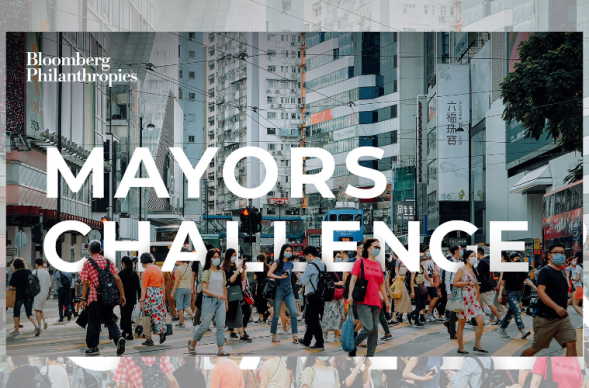
This is a long form version of the introductory talk I gave for our panel discussion during the Zigurat Innovation Week focused on how smart city projects can attempt to address multiple urban challenges simultaneously.
The session topic came about as a result of two intersecting ideas: first of all the increasing prevalence of smart city projects that seek to achieve benefits in several domains - a trend that I sought to confirm by taking a close look at the 50 'Champion City' projects recently selected by Bloomberg Philanthropies for the 2021 Bloomberg Mayors Challenge, which I'll come back to later - and a concept in Innovation Theory which I first heard articulated by David Stark, who is the Arthur Lehman Professor of Sociology at Columbia University, in a lecture he gave at the LSE in 2014 entitled "The Social Conditions for Innovation: dissonance for discovery ".
Playing two games at once
David Stark expressed the view that entrepreneurship - innovation itself - is akin to "keeping multiple games in play at the same time", and exploiting the 'slippage' or 'friction' between them. Thus "creating the possibility that you could have moves which would be simultaneously moves in one game and another - not just one game or another, but one game and another - at the same time."
Over time, he argued, this leads to new practices and new products, new processes, new campaigns for NGOs, even new kinds of work in government regulatory fields. By virtue of consciously and intentionally "keeping multiple games going at the same time” and tolerating the ambiguity between them. His work, I think, represents an important set of tools for smart city practitioners as we try to engage across traditional functional silos and build projects that provide compound benefits in multiple city domains at once.
Mayors Challenge
As I mentioned previously, in order to contextualise this idea, I took a look at the recently announced "50 Champion Cities" selected by Bloomberg Philanthropies for their annual Mayors Challenge. These projects were selected from a total of 631 submissions, and were chosen according to four key criteria: vision, potential for impact, feasibility, and transferability. There is of course a normative bias inherent in this selection process, and the judges may well have chosen projects that appealed particularly because those projects are trying to affect change in multiple areas. We can accept that these 50 projects are almost certainly not a representative sample of the full set of projects that exist, or probably even the set of 631 submissions to the challenge.
However, as this is not a rigorous academic piece of work, and we are above all looking for relevant examples, this sample should serve perfectly well as a starting point. We can acknowledge the biases, accept that the work is not comprehensive, and see if we can draw some insight nonetheless. Many of the projects in the list attempt to produce outcomes in multiple domains, and I think there's some value in identifying some common patterns among them to see if we can learn something from the approaches taken, perhaps as an aid for transferability and to inform the design of projects we are ourselves involved in now and in the future. What follows, therefore, is a rough taxonomy of the kinds of multiplicity that I found in these projects, with a representative example of each one.
It is important to note that these are not mutually exclusive - several projects use more than one of these patterns in their approach - I'm just isolating and pointing out some features I thought were relevant. Neither is it comprehensive - there are undoubtedly patterns I missed or that are not represented in the sample I looked at. Nonetheless, here’s my explanation of what I found:
1. Infrastructure
This is an obvious and basic one - infrastructure provides basic capabilities that citizens and a multitude of actors both private and public will wield in a multitude of ways.

Mayors Challenge Example: Columbus, USA: providing last-mile WiFi access to underserved communities. "Columbus faces an increasing digital-divide challenge, and one in four students were unable to fully participate in class when schools shifted to remote learning as a result of COVID-19. The city is proposing to expand last-mile wireless access to homes that are currently underserved by installing base stations on city buildings."
2. Digital Platforms
These are essentially the informational equivalent of infrastructure - Digital Platforms simplify access and collaboration between different actors and can empower a multitude of new applications.

Mayors Challenge Example: Daegu, South Korea: digital permissioning to bring new life to urban spaces. "Daegu is facing economic stagnation and population decline, and prior revitalization efforts—top-down infrastructure and industry development initiatives—haven’t worked. The city is proposing a digital licensing platform that permits citizens to utilize urban space for civic activities that will promote social, cultural, and civic infrastructure as well. "
3. Established Win-Wins
These are areas in which there is a strong and well-established connection between two particular urban challenges, such as low carbon vehicles to address climate change while also reducing the negative health impacts of poor air quality.

Mayors Challenge Example: Pune, India: Building the foundation for an all-electric-vehicle future. "Among Indian cities, Pune has some of the highest rates of vehicle ownership, and vehicles contribute nearly 25 percent of particulate pollution in the city. To increase early adoption of electric vehicles (EVs), Pune proposes to prepare a city EV-readiness plan and establish an EV fund that incentivises use."
4. Established Win-Wins
Some projects combine well-established patterns to address multiple challenges and create benefits in more than just two areas, particularly waste-to-energy and circular economy projects..

Mayors Challenge Example: Lusaka, Zambia: Incentivise the repurposing of trash into needed products. "Lusaka's lack of a comprehensive waste-management system has resulted in widespread poor hygiene and illnesses. The city has developed the Waste2Cash project, which will encourage sustainable waste management by converting the waste into other usable products."
5. Education & Capacity Building
The human equivalent of infrastructure - teach people how X works and they will apply this learning to do Y and Z as well. Mayors Challenge Example:
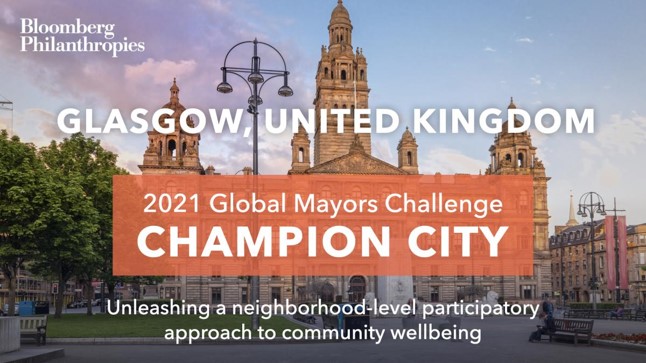
Glasgow, UK: Unleashing a neighbourhood-level participatory approach to community well-being. "More than a quarter of children in Glasgow are living in poverty; at the same time, the city is struggling to grapple with the impacts of climate change. The city is proposing to upskill its residents—especially those in impoverished areas—with design and innovation skills and link them with industry, business, and academia to launch enterprising solutions to eradicate poverty and address the climate emergency."
6. Employment
Providing employment as an intervention to address multiple challenges - there are many examples of this, including some 'sub types' that I describe below. 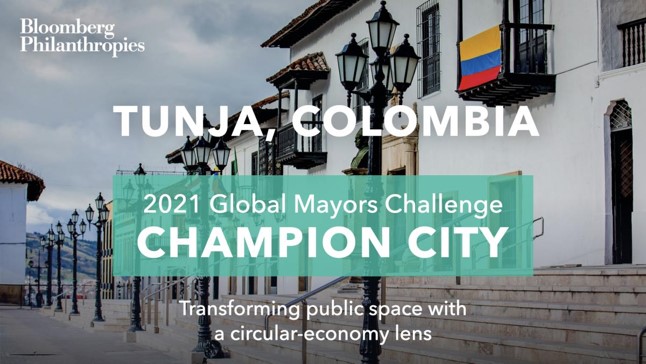
Mayors Challenge Example: Tunja, Colombia: Transforming public space with a circular economy lens. "In Tunja, unemployment increased from 14.3 percent in 2019 to 20.2 percent in 2020 as a result of the pandemic. The city proposes a new circular economy jobs program. Through recycling centers, residents will be employed to generate indoor and outdoor furniture for public spaces such as libraries and parks, all from cardboard waste."
7. Resource Redirection
This pattern takes an under-utilised resource of some kind, including human, and applies it to a specific challenge. Mayors Challenge Example:
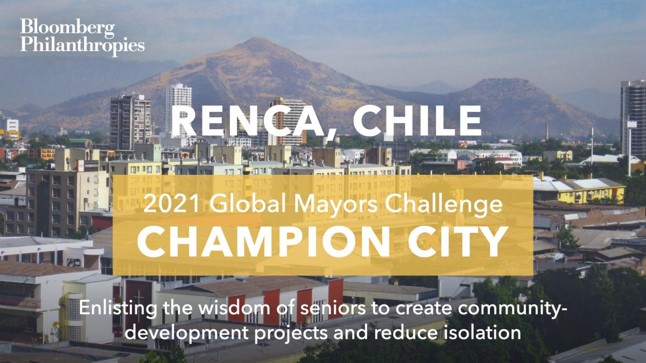
Renca, Chile: Enlisting the wisdom of seniors to create community development projects and reduce isolation. "In Renca, more than 65 percent of seniors live in poverty with low pensions or precarious employment, and many are suffering increased social isolation as a result of the pandemic. The city proposes to establish an innovation hub that facilitates seniors to design new community development projects—harnessing the talents and perspectives of the elderly community."
8. Targeted Inclusion Projects
These are patterns where a specific group of people is enabled, empowered and brought to bear on an urban challenge, thus addressing an inclusion challenge in addition to the one being targeted.
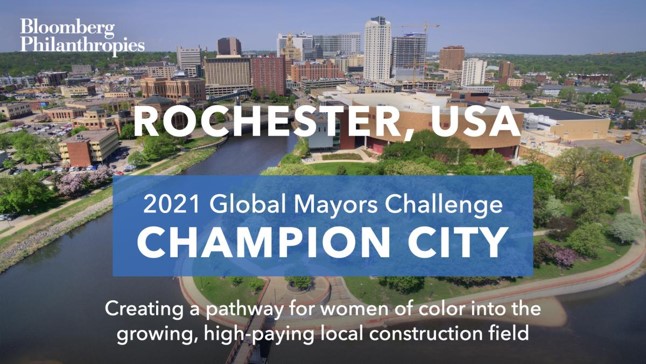
Mayors Challenge Example: Rochester, USA: Creating a pathway for women of colour into the growing, high-paying local construction field. "In Rochester, Minn., 40 percent of Black residents live in poverty, and the level of unemployment among BIPOC (Black, Indigenous, and People of Color) women is far higher than among any other demographic group. The city proposes to engage BIPOC women, employers, and labor associations to design pathways for increased participation in Rochester's growing construction industry, by focusing on education, training, hiring, and work culture interventions."
9. Smart Incentives
Well designed incentives can produce positive outcomes in multiple areas.

Mayors Challenge Example: San Jose, USA: Bolstering the college support pipeline for marginalised families. "The cost of living in San Jose is the sixth highest in the country. Yet fewer than half of the residents over age 25 have acollege degree, which makes it hard for many to earn sufficient income. The city is proposing an engagement program to help families earn scholarship dollars toward their children's education through virtual or in-person skills training. Not only would students build funds for college, but parents and families would also gain the knowledge of how to navigate the application process."
10. Silo-busters
Some projects aim to produce benefits in seemingly completely unrelated areas and in highly innovative ways - these projects are truly attempting to play two games with one move.
Mayors Challenge Example:

Danané, Ivory Coast: Transforming mobility for vulnerable residents. "Transportation in Danané is dominated by old, extremely polluting taxis, and the city lacks affordable and eco-friendly transportation options. The city will pilot a fleet of solar- and electric-powered tricycle taxis and provide free rides for expectant mothers to prenatal and postnatal appointments. The cross-subsidy model provides financial sustainability as it allows the income from the transport of goods and other persons to subsidize the cost of transporting mothers."
As I mentioned at the outset, this is not intended to be a comprehensive taxonomy, just an attempt to identify some common patterns that are in play within smart city projects. It might also be argued by some that many of these examples are not strictly smart city projects, as they don't rely on technologies that are usually associated with the field. However, we who work on Zigurat’s Global Smart City Management masters programme take a similar view to Bloomberg Philanthropies, that urban innovation, 'smart' or otherwise, is about the application of all of the tools at our disposal to address urban challenges, whether they are technological, economic, social, political or administrative.
The overarching approach is to engage with communities and consider every lever available. My hope is that these examples help us to think about these things, and spark more conversation.



